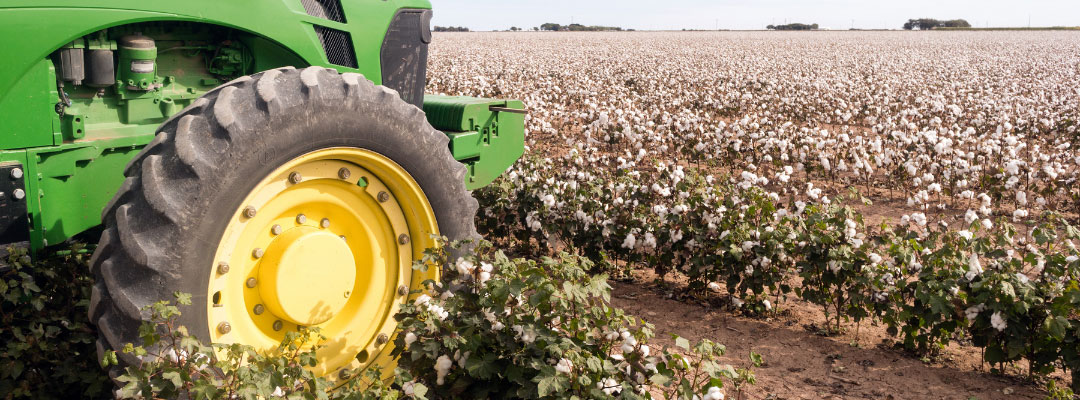It is important for farmers to have accurate knowledge of their costs of production. Having a historical baseline of production costs gives producers a standard for managing their operation. Accurate knowledge of production costs is also the basis for developing a marketing plan, i.e., identifying break-even price levels to target your price risk management or selling.
There are tools available to assist producers. There are commercial software products that provide useful database management and financial calculations. Some Extension agricultural economists provide support using standard accounting programs like Quickbooks. Extension agricultural economists in major cotton producing states also publish planning budgets, often in spreadsheet formats, to guide producers in developing their own customized cost and returns estimates. Lastly, the USDA Economic Research Service (ERS) also conducts regular grower surveys of production costs, by region, and publishes research reports based on this information (Figure 1).
Figure 1 summarizes annual data on U.S. average annual cotton production costs. The data depict two measures of historical profitability: 1) short run profitability, reflected as the value of cotton production less specified variable costs, and 2) long run profitability, calculated as the value of cotton production less specified variable and fixed costs. The value of production shown does not include farm program payments or crop insurance indemnities.
On the face of it, these data reflect U.S. cotton as a marginal proposition. While there appears to be an economic rationale to operate in the short run, and partially contribute to fixed costs, the long run profitability implications of U.S. cotton appear poor. The possible implications for long term viability of U.S. cotton include the following. 1) The cotton growing operations that will be left are likely of a scale that implies lower than average fixed costs, particularly machinery costs. This may involve beneficial leasing terms that are unavailable to smaller scale producers. 2) The larger scale operations may also benefit from volume discounts on purchases of variable and capital inputs. 3) Some operations may generate above average value of production. On the yield side, this perhaps is being achieved by the early adopters of yield enhancing technology and production systems. On the price side this could involve better risk management and marketing that captures some of the upside price risk that is available in most years. Lastly, the picture implied by Figure 1 reinforces the need for the buffering effects of federal farm programs and crop insurance.
Figure 1. Cotton U.S. Net Return Cost Trend

References and Resources
Beginning Quick Books Online Training for Farmers and Ranchers. https://amarillo.tamu.edu/files/2023/08/QuickBooks-Online-Course-Flyer.pdf.
Texas A&M AgriLife Extension. Cotton Budgets. https://agecoext.tamu.edu/resources/crop-livestock-budgets/by-commodity/cotton/.
University of Georgia. Department of Agricultural and Applied Economics. Budgets. https://agecon.uga.edu/extension/budgets.html.
University of Arkansas Cooperative Extension Service. Crop Budgets for Arkansas. https://www.uaex.uada.edu/farm-ranch/economics-marketing/farm-planning/budgets/crop-budgets.aspx.
USDA Economic Research Service. Commodity Costs and Returns. https://www.ers.usda.gov/data-products/commodity-costs-and-returns/.
Robinson, John. “U.S. Cotton Cost Trends and Implications.” Southern Ag Today 3(46.1). November 13, 2023. Permalink









